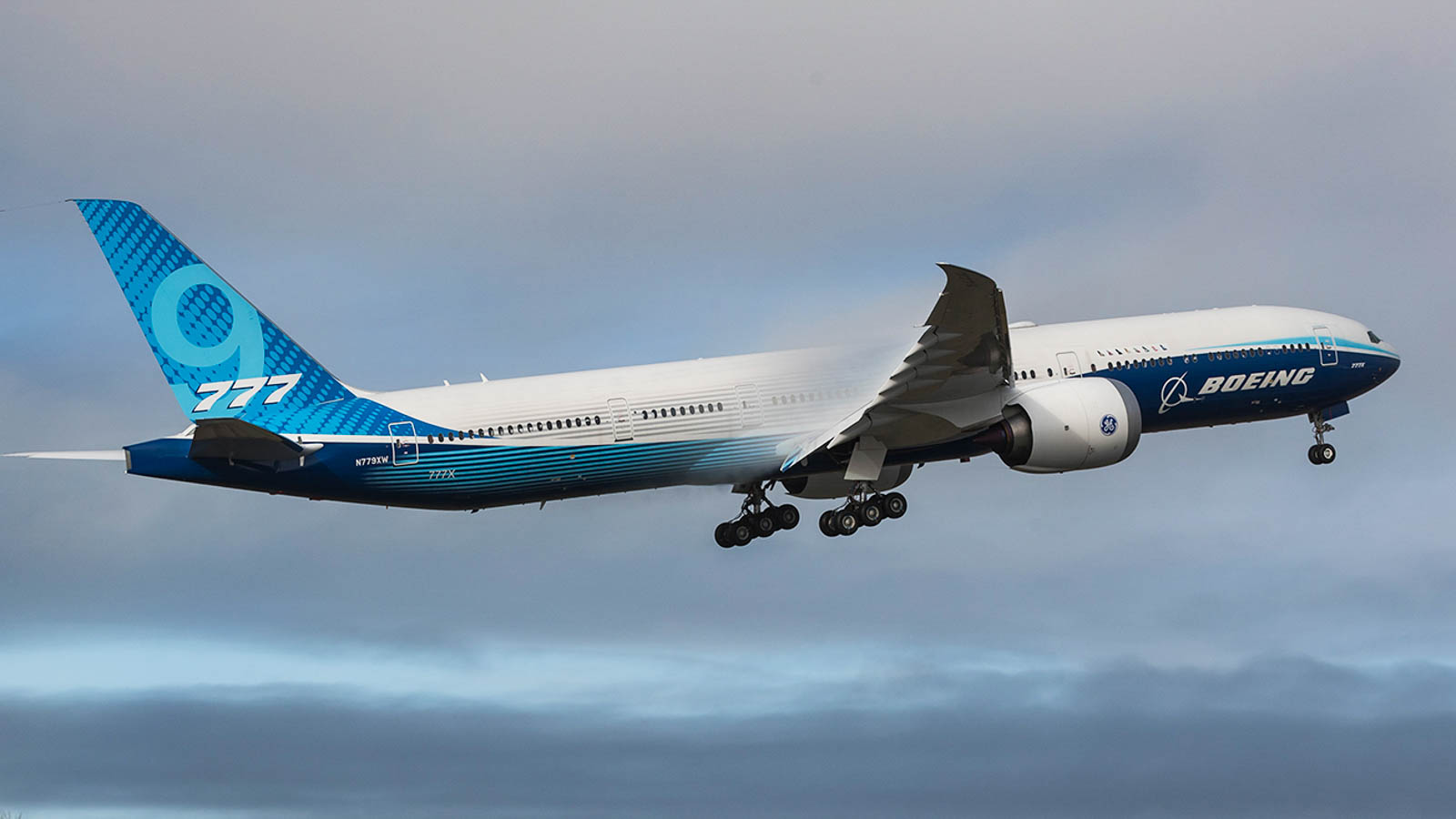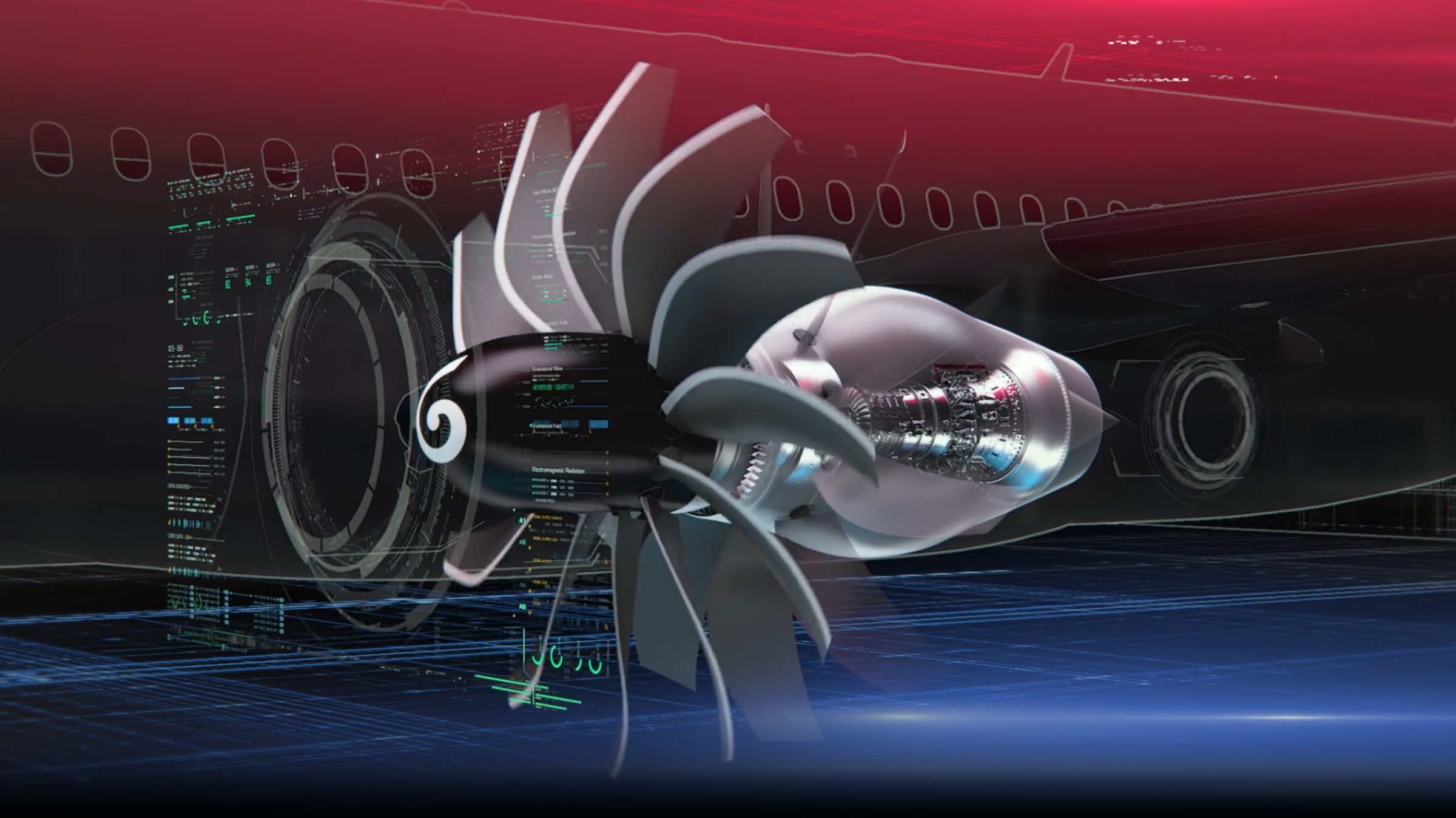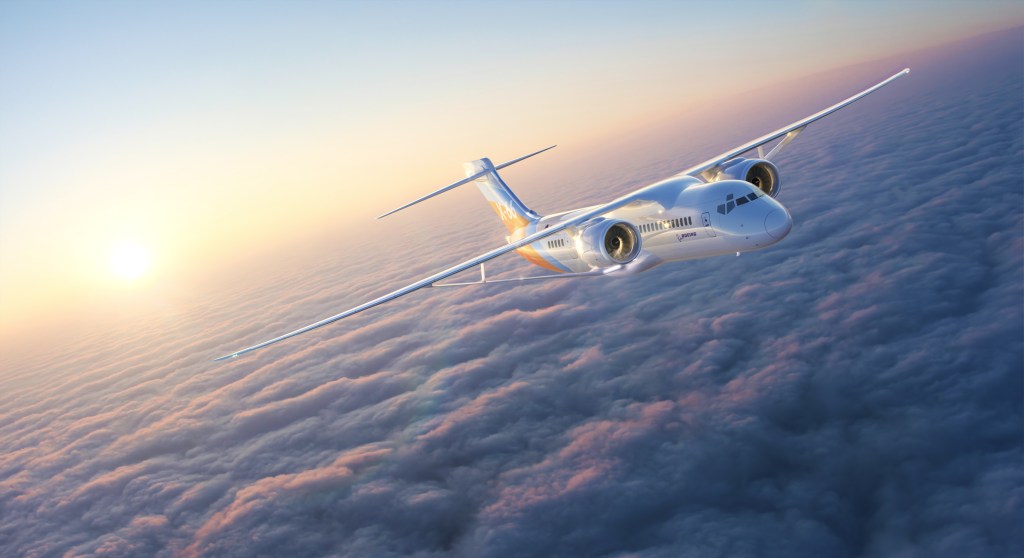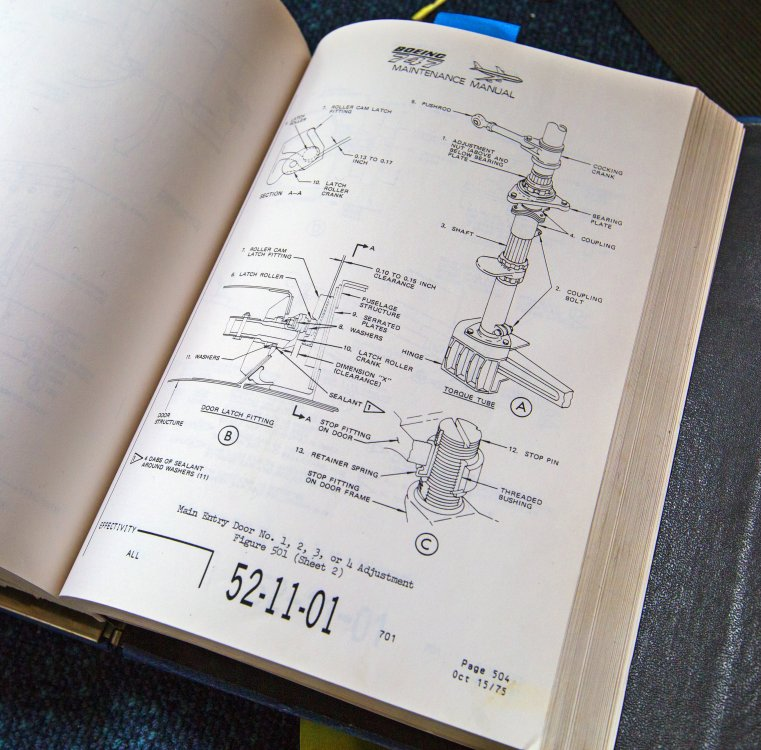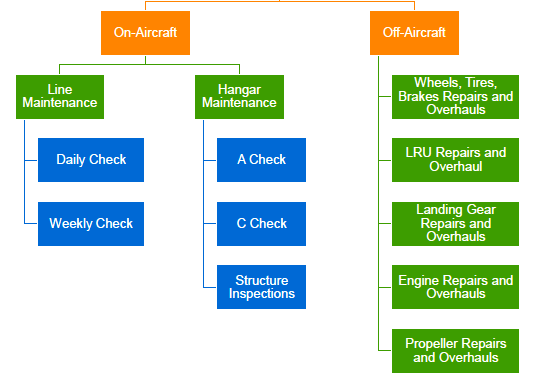Leeham News and Analysis
There's more to real news than a news release.
Airbus’ A350-1000 or Boeing’s 777-9?
Subscription required
By Bjorn Fehrm
April 4, 2024, © Leeham News: Korean Air confirmed an order for 33 Airbus A350 in the week, 27 of which are the larger A350-1000. The order is significant on two accounts:
First, 27 A350-1000 and only 6 A350-900, where analysts have for years asked why the -1000 isn’t selling.
Secondly, for a carrier that has a rather 50-50 fleet of Airbus and Boeing planes, its large widebody was the Boeing 777-300ER, whereof it has 27 out of 37 Boeing 777 in total. Korean Air now chooses the A350-1000 to replace the 777-300ER. Why not the 777-9?
Was this a question of availability (the 777-9 should have been delivered in 2020 but has had several delays; the present plan says 2025), or was there a technical-economic reason for Korean Air’s decision? We examine the characteristics of the two planes to find the answers.
Summary:
- The Boeing 777-300ER was an exceptionally successful stretch of the original 777-200. The 777-9 is the sequel to the 777-300ER.
- The market did not like the original A350-1000. Therefore, the present -1000 is a reconfigured aircraft compared to the original variant.
Bjorn’ s Corner: Engine development. Part 1. Introduction
March 29, 2024, ©. Leeham News: We finished our article series about New Aircraft Technologies last week. It dealt with the different new technologies that a next-generation airliner could use to increase efficiency and by it environmental emissions.
An area that we touched upon but didn’t dig deeper into was engine development. When airframe development historically decided how long a new generation of aircraft took to develop, it gradually changed to engine development being the more calendar-time-consuming and riskier development for the last generations. This article series will discuss why and what can be done about it.
Bjorn’s Corner: New aircraft technologies. Part 50. Wrap up.
March 15, 2024, ©. Leeham News: We started the series a year ago about the New Aircraft Technologies that can be used when replacing our present single-aisle airliners.
We have covered a lot, including the typical development phases, from initial studies to preparing for the aircraft’s in-service phase.
Let’s make a resume of what we have discussed.
Bjorn’ s Corner: New aircraft technologies. Part 49. Engine Maintenance
March 8, 2024, ©. Leeham News: We are discussing the different phases of a new airliner program. After covering the Design and Production, we now look at the Operational phase of a new airliner family.
For the operational phase, the airplane must pass scrutiny for Continued Airworthiness. The biggest item in a regulator’s Instructions for Continued Airworthiness is the required Maintenance program to keep an airliner airworthy. We discussed airframe maintenance in the last article. Now, we look at engine maintenance.
Bjorn’ s Corner: New aircraft technologies. Part 48. Maintenance Program for the A320/A321
March 1, 2024, ©. Leeham News: We are discussing the Operational phase of a new airliner family. For the operational phase, the airplane must pass scrutiny for Continued Airworthiness. The biggest item in a regulator’s Instructions for Continued Airworthiness is the required Maintenance program to keep an airliner airworthy. We discussed the modern MSG-3 maintenance program for an airliner last week, why it was created, and its main analysis principles.
Now we look at maintenance data designed to the MSG-3 standard, the Maintenance Planning Document (MPD) for the Airbus A318/A319/A320/A321.
Bjorn’ s Corner: New aircraft technologies. Part 47. MSG-3 Maintenance
February 2, 2024, ©. Leeham News: We are discussing the different phases of a new airliner program. After covering the Design and Production, we now look at the Operational phase of a new airliner family.
For the operational phase, the airplane must pass scrutiny for Continued Airworthiness. The biggest item in a regulator’s Instructions for Continued Airworthiness is the required Maintenance program to keep an airliner airworthy. We started last week with how maintenance went from ad-hoc to a Hard Timed maintenance program in the late 1950s and early 1960s.
Bjorn’ s Corner: New aircraft technologies. Part 46. Maintenance Program
January 19, 2024, ©. Leeham News: We are discussing the different phases of a new airliner program. After covering the Design and Production, we now look at the Operational phase of a new airliner family.
For the operational phase, the airplane must pass scrutiny for Continued Airworthiness. Today, we discuss the biggest item in a regulator’s Instructions for Continued Airworthiness: the required Maintenance to keep an airliner airworthy.
Bjorn’ s Corner: New aircraft technologies. Part 44. Operation and Continued Airworthiness
January 5, 2024, ©. Leeham News: We are discussing the different phases of a new airliner program. After covering the Design and Production, we now look at the Operational phase of a new airliner family.
For the customer, the design and production are exciting and interesting, but it’s the information and services around the operational phase (Fleet Support in Figure 1) of the airliner that are most important to the airline customer.
Bjorn’ s Corner: New aircraft technologies. Part 43. Delivery
December 22, 2023, ©. Leeham News: We are discussing the different phases of a new airliner program. After covering the Design, Prototype phase, and Production, we now look at the first deliveries.
After about seven to nine years of development and production preparation, it’s finally time for the first delivery of the new aircraft.


